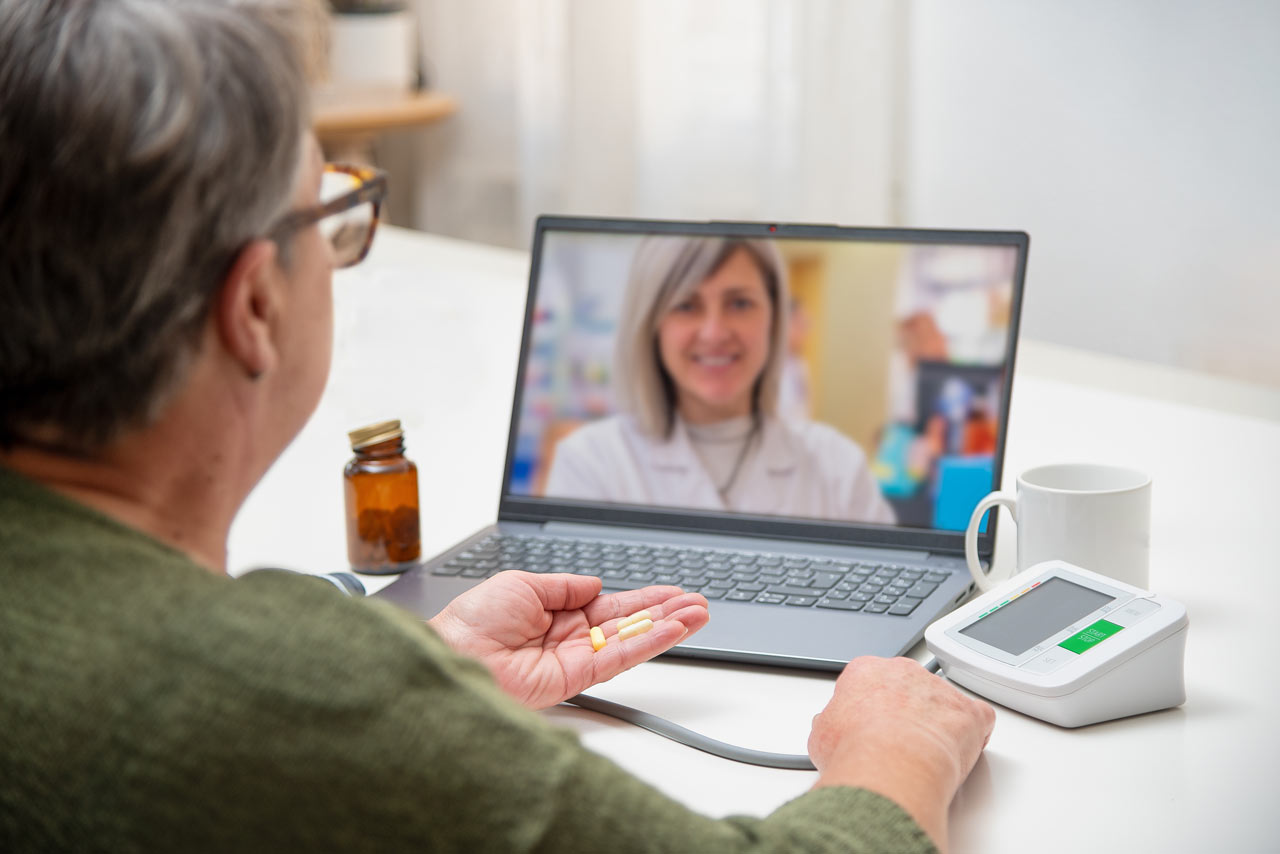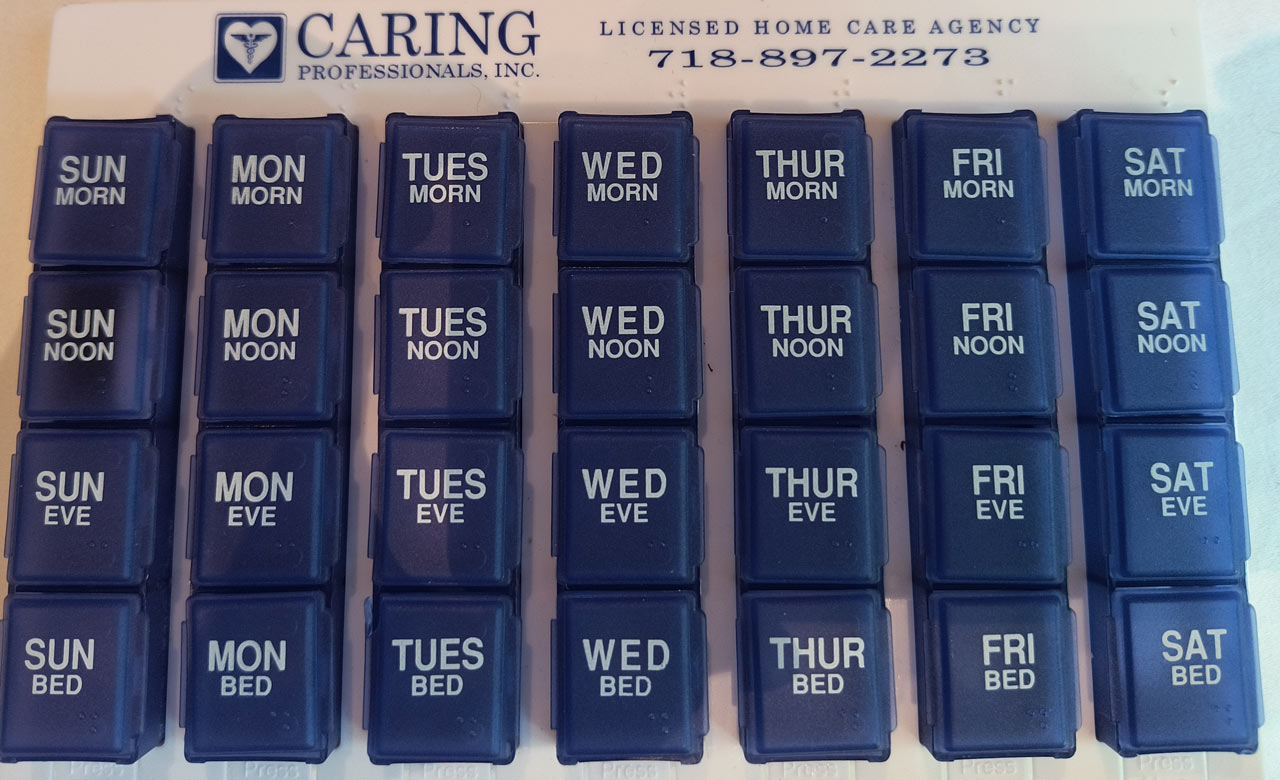What is CDPAP
What is the Consumer Directed Personal Assistance Program or CDPAP for short?
CDPAP is a New York State program that allows Medicaid recipients to take control of and direct how they receive at home personal care. You can hire almost anyone you want, schedule them to assist you on your schedule, train them to your standards, and supervise them to your satisfaction.
Caregivers can provide a wide range of assistance. Common examples are:
- Shopping
- Laundry
- Picking up mediations from the pharmacy
- Administration of medication
- Housekeeping
- Walking
- Dressing
- Eating
- Meal preparations
- Toileting
- Grooming
- Skin care
- Medical equipment
- Transportation (with limitations)
- Skilled nursing tasks
How does CDPAP compare to traditional homecare?
- You, the CDPAP consumer, are the caregiver’s employer. It means that you choose who to hire, how to train them, what their schedule is, how to supervise them and when necessary, to terminate them. It also means that you are responsible to find replacements when your caregiver is not available to work. In traditional homecare the agency is responsible for these tasks.
You, the CDPAP consumer, are the caregiver’s employer. It means that you choose who to hire, how to train them, what their schedule is, how to supervise them and when necessary, to terminate them. It also means that you are responsible to find replacements when your caregiver is not available to work. In traditional homecare the agency is responsible for these tasks.
Caregivers
Anyone as long as they are not your legal spouse, your designated representative, or your parent (if you are under 21).
No. You cannot hire your spouse to be your caregiver in the CDPAP program.
Generally they can as long as you appoint someone else to be your designated representative. Contact Us for more information.
Yes. The Medicaid rules allow the caregiver to live at the same address as the consumer.
No formal training or certificate is required to be a caregiver.
- PAs need:
- A physical from their doctor
- Tuberculosis testing (PPD skin test or a blood test)
- Tuberculosis questionnaire
- Proof of immunity to Rubella and Rubeola (German measles)
- Proof that they are legal to work in the USA
As many as you need to provide the services that you qualify for. It is always a good idea to hire backup PAs in case your primary caregiver is not available to work.
Hours and Scheduling
The number of hours is determined by your Medicaid Managed Care Plan based on a nurse assessment.
You can schedule your approved hours in any way that works for you and your caregiver.
Caring Assistants Service Area
- Albany
- Erie
- New York
- Putnam
- Suffolk
- Allegany
- Genesee
- Niagara
- Queens
- Sullivan
- Bronx
- Greene
- Ontario
- Rensselaer
- Ulster
- Cattaraugus
- Kings
- Orange
- Richmond
- Wayne
- Cayuga
- Livingston
- Orleans
- Rockland
- Westchester
- Columbia
- Monroe
- Oswego
- Schoharie
- Yates
- Duchess
- Nassau
- Otsego
- Seneca
Eligibility and Enrolment
Yes. Medicaid pays for CDPAP services.
Medicare does not pay for CDPAP. If you have Medicare AND Medicaid, your Medicaid can cover CDPAP.
Caring Assistants can only assist with your CDPAP if you live in New York State.
Payments/Benefits
Up to $21 hour for the CDPAP program
PAs are paid weekly or daily depending on what they prefer.
- Generous paid time off and sick pay with no limit how much you can accrue
- Bonuses
- Term life insurance
- Subsidized medical insurance will be coming soon
*Benefits may be subject to eligibility. Contact our team for more information.
Electronic Visit Verification or EVV for short
EVV means the use of an electronic system to verify the services a caregiver provides. The system will record the name of the patient and caregiver, the time and date that the services started and ended, the location of the visit, and the type of service that was provided.
The 21st Century Cures Act requires the use of EVV for CDPAP services. The requirement began in New York State on January 1, 2021.
EVV means that your caregiver will use an electronic system to verify their work. That system typically is a call in and out phone system or a mobile application that allows them to clock in and out.
Yes. You are the employer and you verify your caregiver’s visits before they are paid.
You can find out more by contacting us or by visiting the New York State EVV website NY Medicaid Electronic Visit Verification Program (EVV) or see the New York State EVV Fact Sheet






